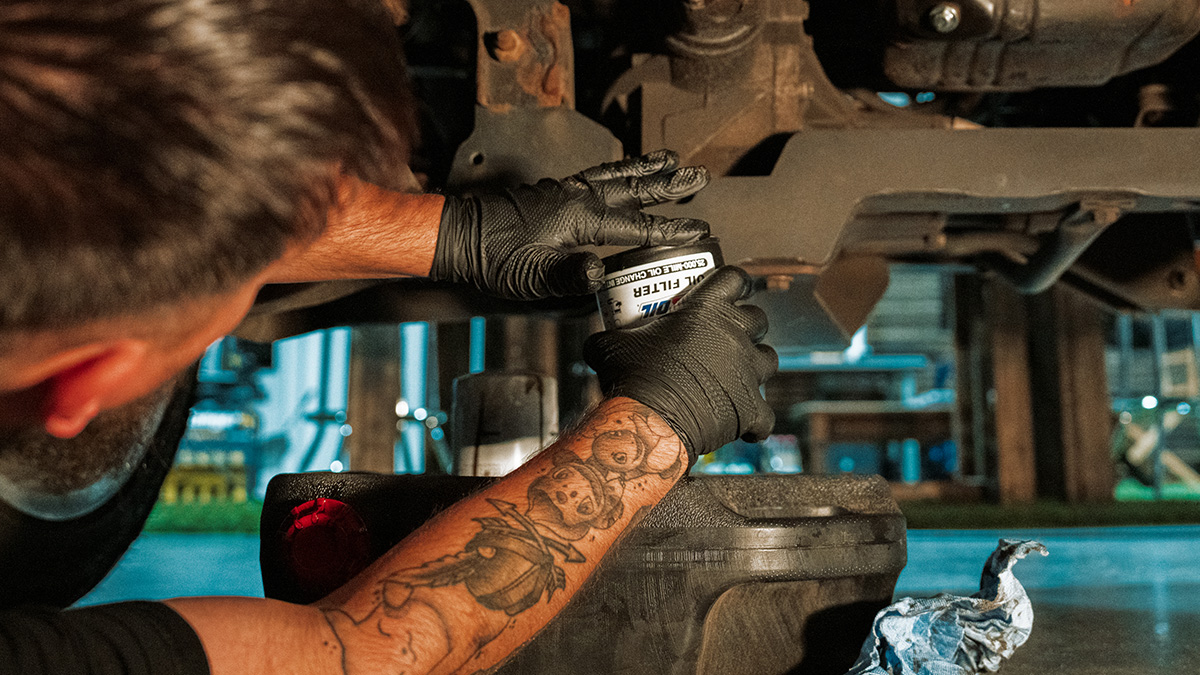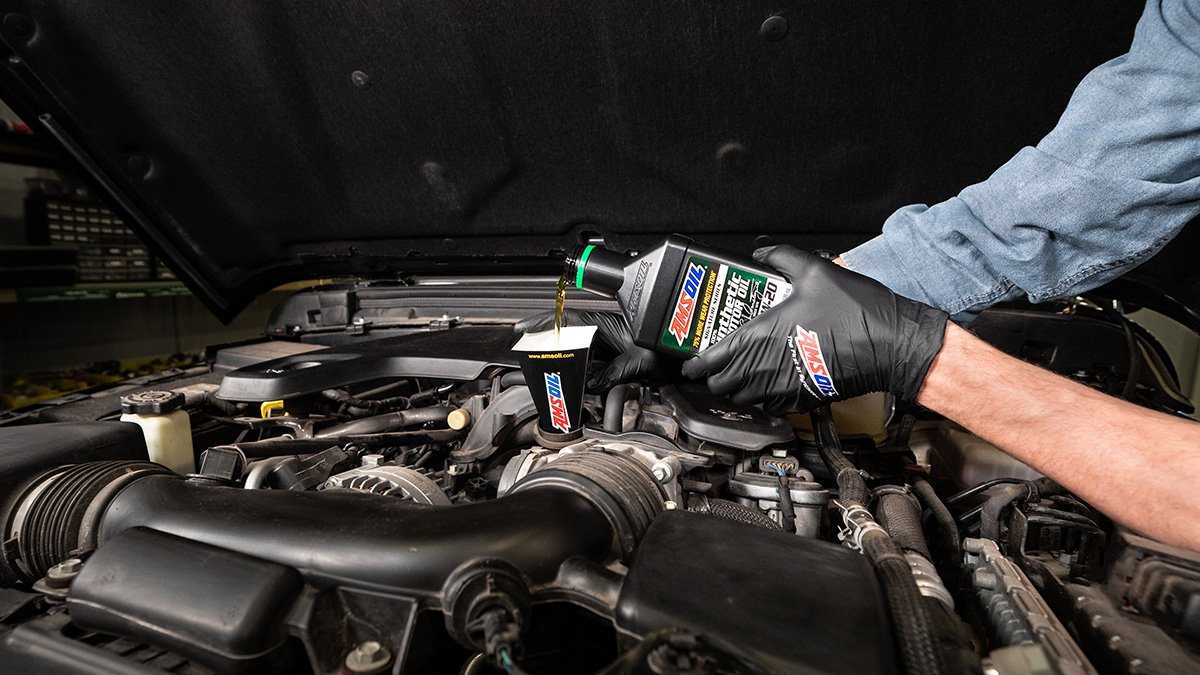While it’s natural to assume any oil consumption indicates an engine problem, it can be a normal part of engine operation, depending on the vehicle. In fact, Chrysler considers oil consumption of up to one quart every 500-2,000 miles to be normal under certain conditions. GM considers one quart every 2,000 miles normal in some conditions.
Excessive oil consumption, however, invites problems, including the following:
- Leaves engine parts unprotected if oil level drops below a safe level
- Causes you to waste time and money frequently topping-off your oil
- Increases harmful emissions
- Increased performance-robbing deposits
How does it occur?
Oil consumption is like water evaporating on a hot day. Just like the heat of the sun lifts water molecules out of a container of water and into the air, high engine heat can lift the light, unstable molecules out of oil, causing the oil level to drop. The evaporated oil exits the engine through the crankcase ventilation system.
A motor oil’s volatility describes how readily it will evaporate when exposed to high heat. The higher the volatility, the higher its tendency to evaporate. The more the oil evaporates, the less oil is left to protect equipment and the faster you must replace the lost oil. You may have experienced the phenomenon if you’ve owned a vehicle that “uses” oil.
Thicker oil left behind
Volatility affects more than the rate of oil consumption. When light elements in oil evaporate , the oil’s viscosity increases. This thicker oil forces the engine to work harder, resulting in several problems, including the following:
- Performance loss
- Reduced fuel economy
- Poor cold-temperature starting
- Increased engine deposits
Mechanical problems often to blame
A host of mechanical problems can also contribute to oil consumption (worn valve stems or valve guides, a stuck PCV valve), but worn or stuck piston rings are a prime culprit. The rings are responsible for forming a seal against the cylinder wall that prevents oil from entering the combustion chamber and burning. On the downstroke, the rings scrape excess oil off the cylinder wall into the crankcase. To form a good seal, the ring grooves must be true and flat, not flared or shouldered, and the rings must move freely in their grooves. Otherwise, oil can enter the combustion chamber and burn.
Potential solutions
In some cases, using a higher viscosity motor oil can help fill the widening gap between the rings and cylinder wall, reducing oil consumption. Some vehicle manufacturers recommend multiple oil viscosities based on climate, such as 5W-20 in colder weather and 10W-30 in warm climates. Most, however, recommend a single viscosity. If your vehicle owner’s manual recommends different viscosities, try switching to a higher viscosity within the acceptable range to help seal the rings.
You can also try using a cleaning agent to free stuck rings. AMSOIL Engine and Transmission Flush helps clean piston and ring deposits, promoting formation of a good seal to reduce oil consumption. For ongoing maintenance, a high-quality fuel additive, such as AMSOIL P.i.®, helps keep the pistons and rings clean and functioning properly for maximum engine performance.
Upgrade to synthetic oil
It’s also a good idea to use a high-quality synthetic motor oil proven to resist oil consumption, such as AMSOIL synthetic motor oils. They’re formulated with high-quality synthetic base oils that offer improved resistance to heat. As a result, they naturally resist oil consumption better than conventional oils. In the NOACK Volatility Test (ASTM D5800), AMSOIL 5W-30 Signature Series Synthetic Motor Oil showed 38 percent less oil consumption* than the tested conventional oil, helping reduce the number of top-offs necessary.
What it means to you?
Reduced oil consumption means less time and money wasted topping off your oil. It also gives you confidence that your motor oil isn’t evaporating in the face of extreme heat and instead is doing what it’s designed to do – protect your engine.
*Supported by NOACK Volatility test (ASTM D5800)





Comments
Share: